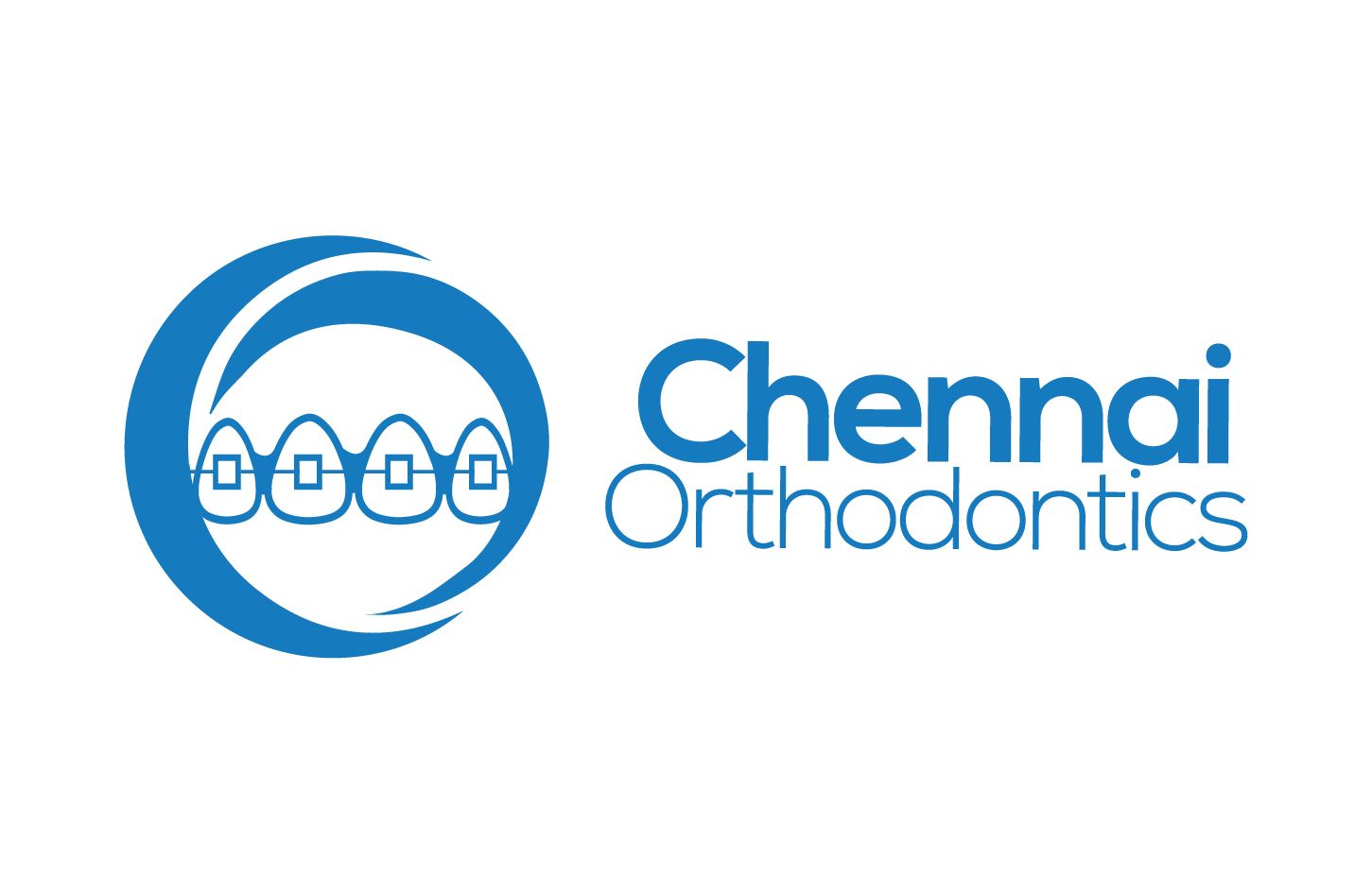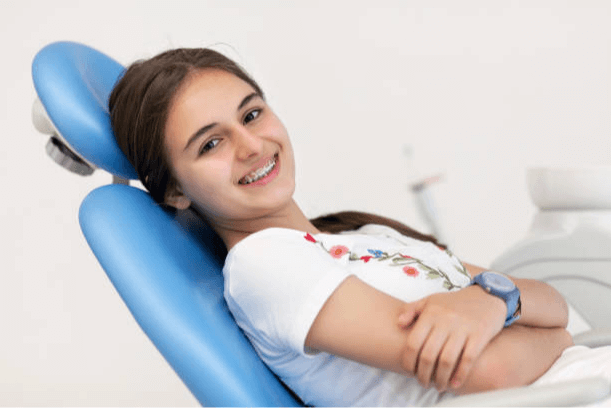Braces for Kids 101: A Comprehensive Guide to Orthodontic Treatment
Introduction
When it comes to orthodontic treatment, pediatric braces are a common solution to correct misaligned teeth and jaw issues in children. Pediatric Braces not only enhance the aesthetics of a child’s smile but also play a crucial role in improving their overall oral health. In this comprehensive guide, braces for kids 101, we will explore everything parents need to know about braces for kids, including their benefits, types, the process of getting braces, and proper care during treatment.
Why Braces for Kids? The Benefits of Early Orthodontic Intervention
Early orthodontic intervention with braces offers several benefits for kids:
- Correcting Misaligned Teeth: Braces help align crooked or crowded teeth, improving the overall appearance and functionality of the child’s smile.
- Proper Jaw Alignment: Braces can address malocclusions, such as overbites, underbites, or crossbites, by guiding the growth and alignment of the jaws.
- Improved Oral Health: Straighter teeth are easier to clean, reducing the risk of dental problems like tooth decay and gum disease.
- Enhanced Self-Esteem: Correcting dental issues early can boost a child’s confidence, leading to improved self-esteem and social interactions.
Types of Braces for Kids
Several types of braces are available for children, depending on their specific needs and preferences:
- Traditional Metal Braces: These are the most common type of braces, featuring metal brackets affixed to the front of the teeth and connected by wires. Metal braces are highly effective and allow for adjustments throughout the treatment.
- Ceramic Braces: Ceramic braces are similar to traditional metal braces but use tooth-colored or clear brackets, making them less noticeable. They are a popular choice for kids who want a more aesthetic option.
- Lingual Braces: Lingual braces are placed on the back surface of the teeth, making them virtually invisible from the front. They provide effective treatment while maintaining a discreet appearance.
- Clear Aligners: Clear aligners, such as Invisalign, are a series of custom-made clear trays that gradually move the teeth into their correct positions. They are removable and offer a nearly invisible treatment option for kids.
The Process of Getting Braces
The journey of getting braces for kids typically involves the following steps:
- Consultation: The first step is an initial consultation with an orthodontist who specializes in pediatric orthodontics. The orthodontist will evaluate the child’s dental condition, discuss treatment options, and address any concerns.
- Orthodontic Examination: The orthodontist will conduct a thorough examination, which may include X-rays, photographs, and impressions of the child’s teeth. These diagnostic tools help develop a personalized treatment plan.
- Treatment Plan and Discussion: The orthodontist will present the treatment plan, explaining the recommended type of braces, estimated duration of treatment, and associated costs. Parents can ask questions and discuss any concerns they may have.
- Braces Placement: Once the treatment plan is approved, the braces will be placed during a separate appointment. This involves bonding the brackets to the teeth and connecting them with archwires. The process is usually painless and takes about one to two hours.
- Adjustments and Regular Check-ups: The child will need to visit the orthodontist periodically for adjustments, usually every four to six weeks. During these visits, the orthodontist will make necessary modifications to the braces to ensure progress and address any issues.
How Can Invisalign Change your Face ?
Caring for Braces During Treatment
Proper care is essential to ensure the effectiveness of pediatric braces and to maintain good oral health:
- Oral Hygiene: Children should brush their teeth thoroughly after every meal and floss daily, paying extra attention to cleaning around the braces. Orthodontic-friendly tools, such as interdental brushes, can aid in cleaning hard-to-reach areas.
- Dietary Considerations: Encourage your child to avoid sticky and hard foods that can damage the braces. Cut crunchy foods into small, bite-sized pieces to prevent dislodging brackets or wires.
- Protective Gear: If your child participates in sports or other physical activities, it’s important to provide them with a mouthguard to protect their braces and teeth from potential injuries.
- Follow Orthodontist’s Instructions: Ensure that your child follows all instructions provided by the orthodontist, including wearing elastics or other additional appliances as directed.
Conclusion
Braces for kids 101 explains numerous benefits that braces do for kids, including correcting misaligned teeth, improving jaw alignment, and enhancing overall oral health. With different types of braces available, parents can choose the most suitable option for their child. By understanding the process of getting braces and providing proper care, parents can ensure a successful orthodontic journey for their children, resulting in a beautiful and healthy smile that lasts a lifetime.
Remember to schedule regular check-ups with the orthodontist, follow their instructions, and maintain excellent oral hygiene to optimize the results of braces for kids.


